Are you looking to boost customer loyalty and satisfaction in the long term? NPS is one of the best ways to measure customer experience and predict the growth of your business.
To get the best results, however, you need to track your NPS regularly and analyze the findings.
In this blog post, we’ll walk you through some of the benefits of tracking NPS and implementing an effective NPS tracking process.

The benefits of tracking NPS
Tracking NPS gives you important information on one of the main factors that affect the financial outcomes of your business, namely customer satisfaction.
By collecting NPS data over a period of time, you’ll be able to get ahead of your competition by detecting trends, identifying problem areas, and, most importantly, letting your customers know that their opinion matters to you.
Identifying areas of improvement
The NPS offers a snapshot of your customers’ experiences with your products or services and, by extension, their likelihood to recommend your business to others.
On top of the standard NPS question, you can add a follow-up one, as in the template below, to get more context behind your respondents’ choice of score:
By analyzing the responses, you can uncover areas where your business might be underperforming, and identify opportunities for improvement.
For instance, if a significant part of your customers cited poor customer service as the reason for their low NPS score, this will help you get to the root cause of the problem faster. In such a case, you might even want to send another survey to ask for more details, such as the customer service survey:
On the other hand, if you get feedback on particular features of your product, you can follow up with the Usability Metric for User Experience (UMUX) survey:
Make sure you close the feedback loop by responding to the feedback and letting your customers know how you will use their insights.
Detecting trends in customer satisfaction
NPS tracking not only provides a snapshot of your current customer satisfaction levels but also enables you to identify trends over time.
By regularly monitoring your NPS, you can detect shifts in customer sentiment, allowing you to proactively address emerging issues before they escalate.
For example, a sudden dip in NPS might indicate a recent product update that has negatively impacted user experience, while a steady increase could signal that your ongoing efforts to improve customer service are paying off.
Measuring the impact of initiatives and changes
As your business evolves and you develop new initiatives such as customer loyalty program, a new marketing campaign, or a revamped customer support strategy, it's crucial to measure the impact of any changes or initiatives on customer satisfaction.
Regularly tracking NPS over time can serve as a valuable yardstick to assess the effectiveness of your efforts.
By comparing your NPS before and after implementing a new initiative, you can gauge its success and make data-driven decisions to refine or expand upon it.
Analyzing NPS responses can help you identify the specific aspects of your initiatives that are resonating with customers or falling short, enabling you to iterate and optimize your strategies for maximum impact.

Comparing performance against competitors
Tracking NPS over time can offer valuable insights into your competitive position, helping you to identify areas where you excel or lag behind.
One way to gauge your competitive standing is by comparing your score against industry NPS benchmarks. These benchmarks represent the average NPS for companies within a specific sector and can help you understand how your customer satisfaction levels measure up against others.
While industry benchmarks can provide a helpful starting point, it's often more instructive to compare your NPS directly against specific competitors. You can do this by conducting market research to gather NPS data on rival businesses, either through publicly available information or by surveying their customers.
Tracking transactional NPS
Transactional NPS (tNPS) measures customer experience after a specific interaction with your brand.
A tNPS survey focuses on your customers’ experience with a specific action, for instance, a completed purchase or a customer service call, as opposed to overall customer satisfaction.
Tracking tNPS over time can help you understand how different parts of your business work together to create a customer experience and how each of them can make or break it.
Transactional NPS measures what your customer feel at different points throughout their journey and how it impacts your business.
It allows you to monitor, for instance, how the performance of your customer service agents improved over time or why your customer suddenly started rating your checkout process better. You should track tNPS regularly across different touchpoints to get a good picture of what works and what doesn’t.
Use this tNPS survey template to measure the metric:
Tracking relationship NPS
On the other hand, relationship NPS (rNPS), also called “relational NPS,” measures customers' overall brand satisfaction.
Unlike tNPS, rNPS doesn't gauge your customers’ experience with specific interactions: it focuses on the bigger picture instead.
To effectively track rNPS, send the surveys in regular intervals to observe any possible fluctuations in satisfaction. Set a frequency that works for your business, be it biweekly, monthly, or quarterly, but the key to success is to send and track it regularly.
Implementing an effective NPS tracking system
Before you start tracking NPS, determine your current score. This will serve as your baseline for comparison as you make improvements to your customer experience.
If you haven’t run an NPS survey yet, read our comprehensive guide.
Then, select the right tool for your needs, taking into account its integration capabilities. Is it capable of natively connecting with your existing Customer Relationship Management (CRM) system, marketing automation platforms, or data analytics tools? To track NPS over time, you need to make sure that you can transfer your data seamlessly.
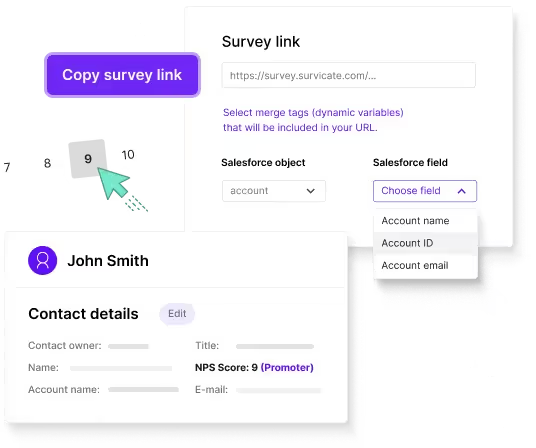
Another important factor to keep in mind is scalability. As your business grows, so will your need for an NPS tracking system that can handle an increasing volume of responses. Ensure that the tool you choose can scale with your organization and that it still remains within your budget.
The tool should also provide easy-to-understand reports, as well as advanced analytics capabilities for deeper insights. A robust reporting and analytics feature will be vital for turning raw historical NPS data into actionable insights.
Determining the frequency of NPS surveys
A crucial aspect of tracking NPS is determining the optimal survey frequency. It will depend on many factors, including your industry and business model, the type of product or service offered, and the number of customer interactions at touchpoints, to name a few.
If your business is in a fast-paced industry such as technology or e-commerce, you may require more frequent surveys, as customer preferences and market trends change rapidly. On the other hand, industries with longer sales cycles, such as automotive or real estate, may warrant less frequent NPS surveys.
More frequent NPS surveys might also be beneficial if there are multiple touchpoints and frequent interactions with your customers, as they will allow you to capture feedback at various stages of the customer journey and ensure a comprehensive understanding of customer satisfaction.
When choosing an NPS survey frequency, remember that repeatedly surveying your customers may lead to survey fatigue, reduced response rates, and lower data quality.
Segmenting customers for targeted surveys
Segmenting your NPS data by factors such as customer demographics, customer lifetime value, behavioral patterns, purchase history, or product usage can help you identify trends specific to particular segments.
As a result, you can decide which segments to target and the frequency of your NPS campaigns.
Track answers to the open-ended NPS question
Although not all NPS surveys come with a follow-up question, you can add one to your survey to get your respondents to elaborate on their choice of score.
This qualitative aspect of your NPS survey allows you to identify specific factors influencing your customers' experiences.
By consistently monitoring and analyzing the open-ended NPS responses, you might be able to discover trends and patterns that shed light on the underlying reasons behind customer sentiments.
Ensuring a high NPS response rate
Even if you identify the right audience and send out your NPS survey regularly, there is no guarantee that you will collect enough responses for the insights to be representative. You need to take action to make sure that you get a satisfactory response rate.
Did you know that embedding the first NPS question in emails can get you an 83% higher response rate?
However, not all tools provide the ability to do so. With Survicate, you can embed your survey in any channel, including email, text message, mobile app, or website.
What’s more, with Survicate, you can optimize the NPS survey experience with follow-up questions, survey logic, and automatic translations, all of which can encourage more users to fill in the survey.
Measure and track NPS with Survicate
Selecting the right survey tool to send and track your NPS responses is half the success.
With Survicate, you can fully automate the processes. Our tool will allow you to track your NPS by calculating full and partial responses and encourage a higher response rate thanks to advanced targeting.
Did we mention you can now test out the tool for free? Sign up today and start tracking your NPS with Survicate.








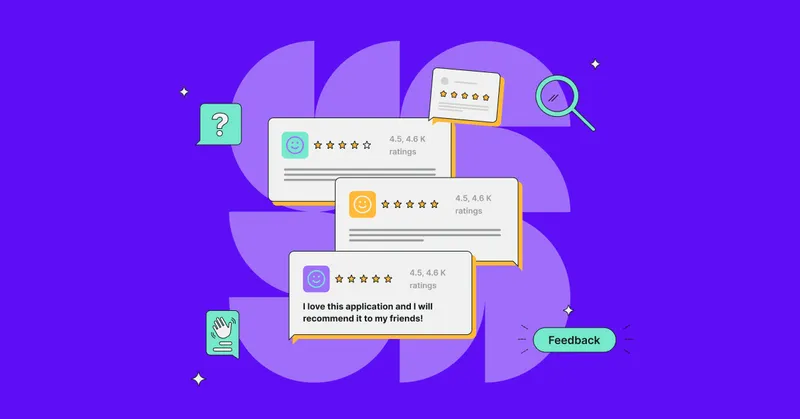
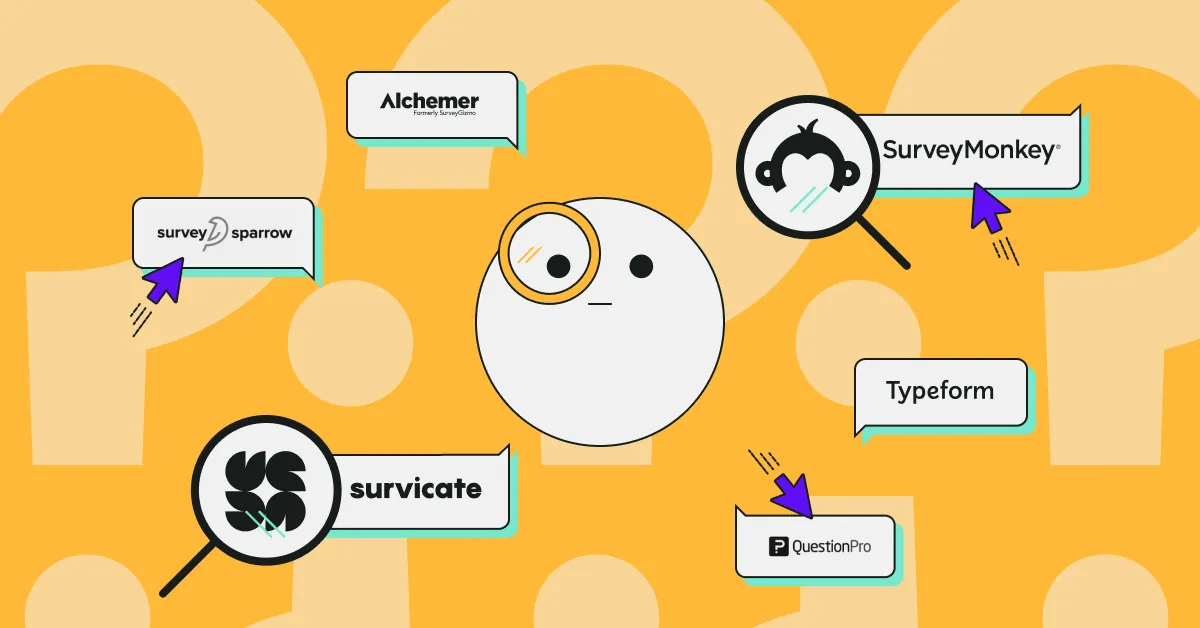

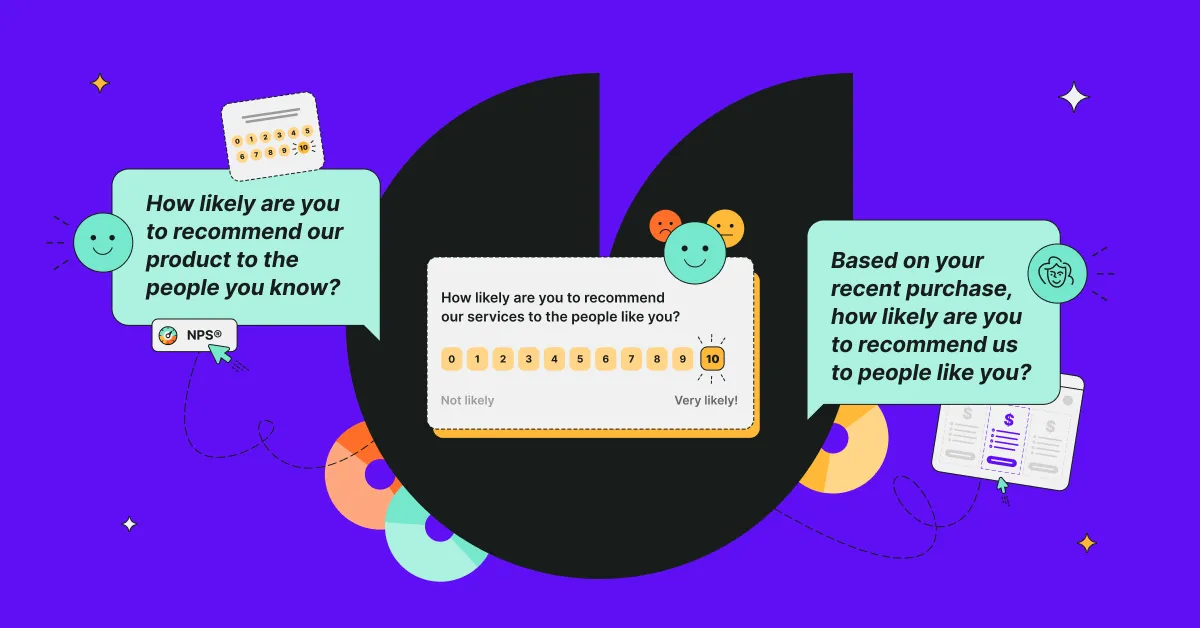
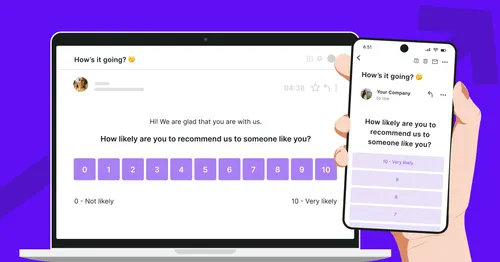
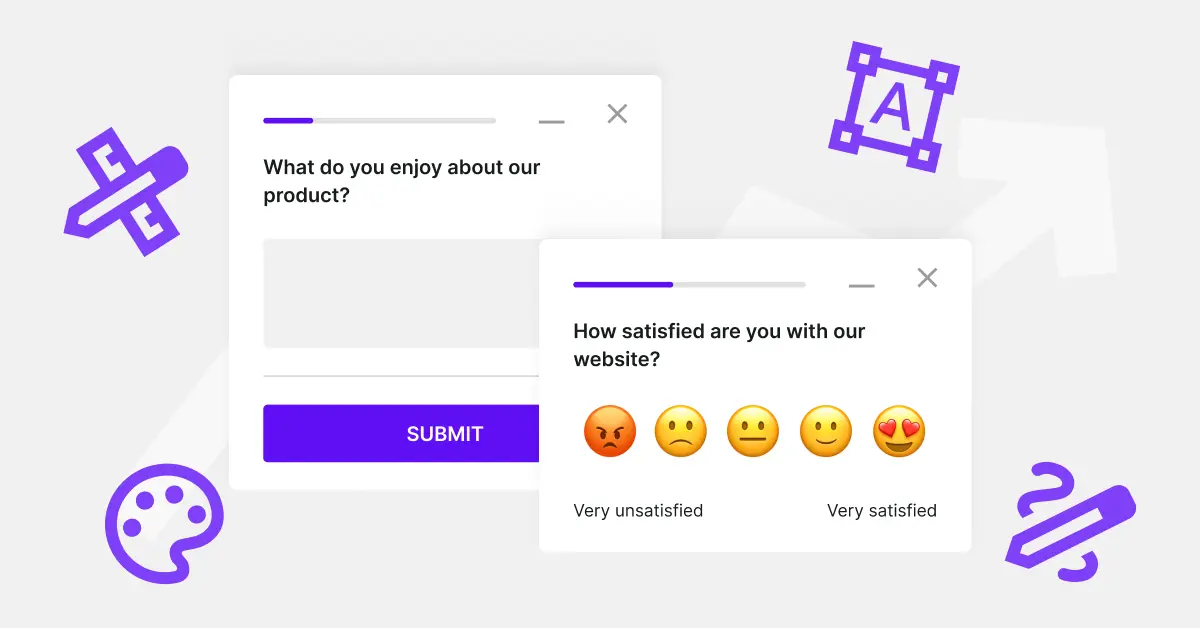
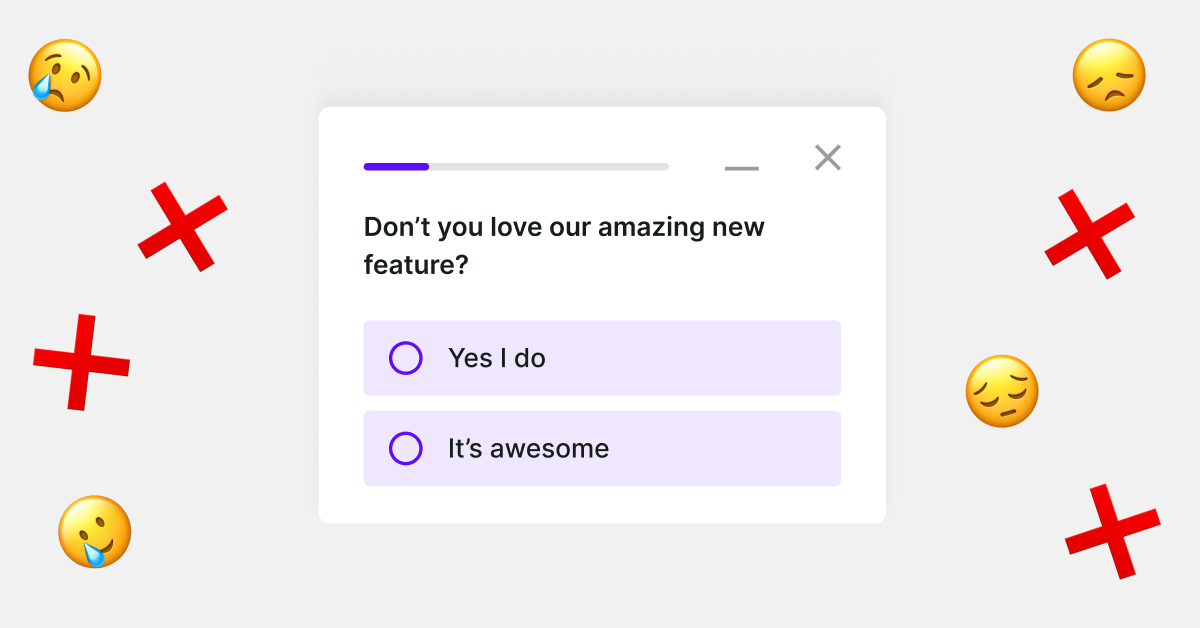
.svg)

.svg)



